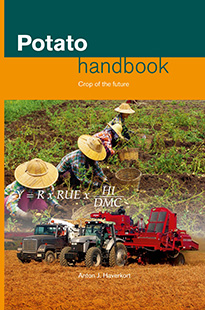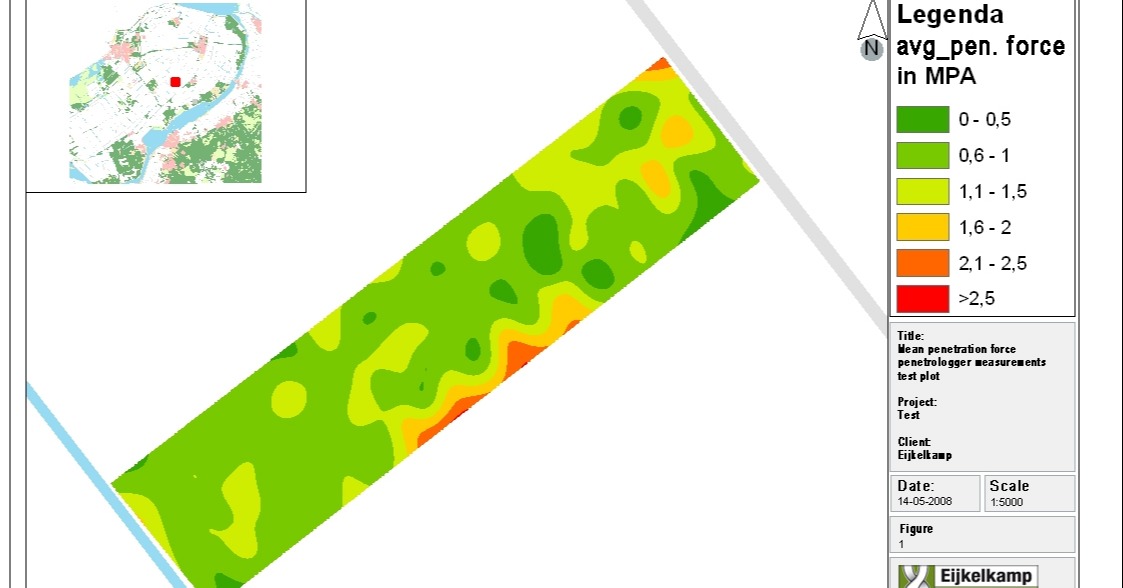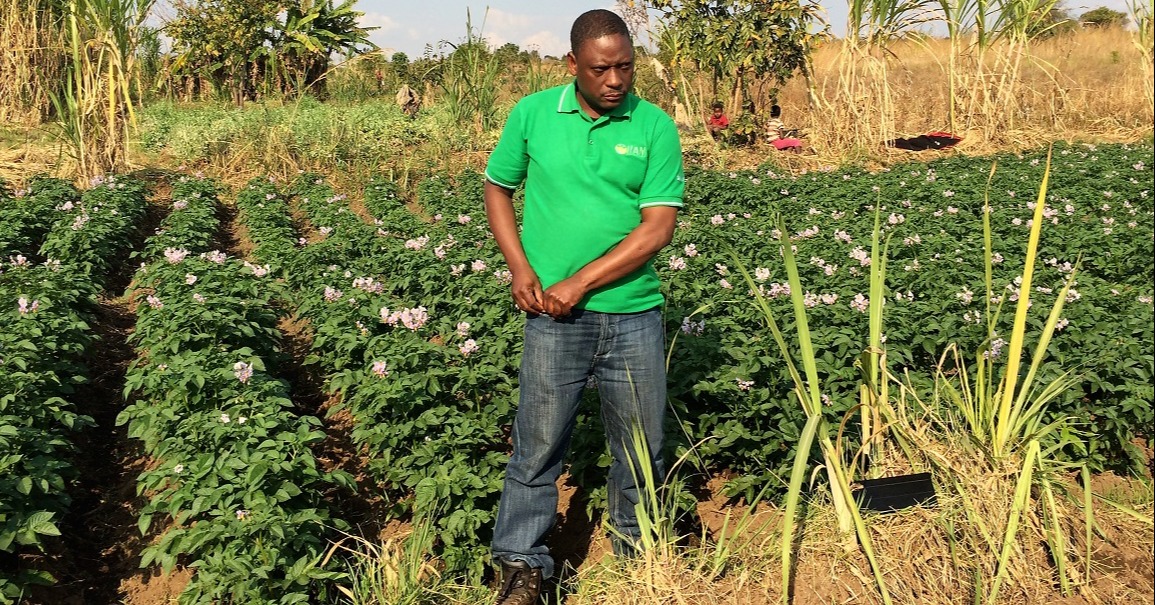Already a subscriber? Activate your premium account

Potato Handbook

In precision farming, potato crops and seed tuber lots are treated with the correct intervention at the smallest scale possible (up to the individual tuber or plant level) at the right time: optimization within the time-dose-site continuum.
Moreover, sensing, GPS and doses and responses generated by decision support systems yield crop data of use to manage the value chain. It is used for tracing, tracking and for self-learning exercises to improve future performance. Potato, more than most other arable field crops suffers from sub-optimal biotic and abiotic environmental conditions. The crop is more sensitive to drought than sugar beet and more sensitive to diseases than cereals, so interventions through DSS are more relevant for potato. Moreover, intervention at specific locations is helpful because the quality of the crop varies with each harvested unit (per plant, even per tuber). This contrary to the production of sugar and flour where the whole crop is ground and processed to obtain the edible commercialized part. Precision farming takes into account that a potato field is heterogeneous.
Spatial differences
The soil among other, spatially differs in rooting depth, water holding capacity, pH, organic matter which leads to variation in crop growth. Assuring that no shortage occurs anywhere in the field, growers tend to apply all inputs (seed tubers, fertilizers, protection agents and water) at a level such that the site with the largest need is satisfied. As a result, they oversupply at all sites where the conditions are more favorable than at the sub-optimal spots in the field. In spatial and temporal precision farming (so in space and time) a grower does not treat the whole field equally but varies according to when and where the need arises.
Decision support systems
There are decision support systems in potato production for planting times and densities, fertilization, irrigation, control of and dealing with losses of diseases, pests and weeds and for harvest scheduling. All these have a time component, i.e. when to interact. Most of them, if need be and opportunity arises and made possible by hardware and equipment, have a spatial component, i.e. where to interact.. Planting is an example in which the belt or cup planter hydraulically varies the supply of seed tubers and places them at a greater distance in the row at spots where the soil map (tasks map for the machine) indicates it. Where the soil layer is sandy or thinner, the yielding ability is less and the plants better be spaced wider apart.

In low-tech agricultural settings, farmers by definition apply precision farming in time and space with hand labour only.
Events
©2015 - 2024 Potatoworld | Webdesign and realisation COMMPRO